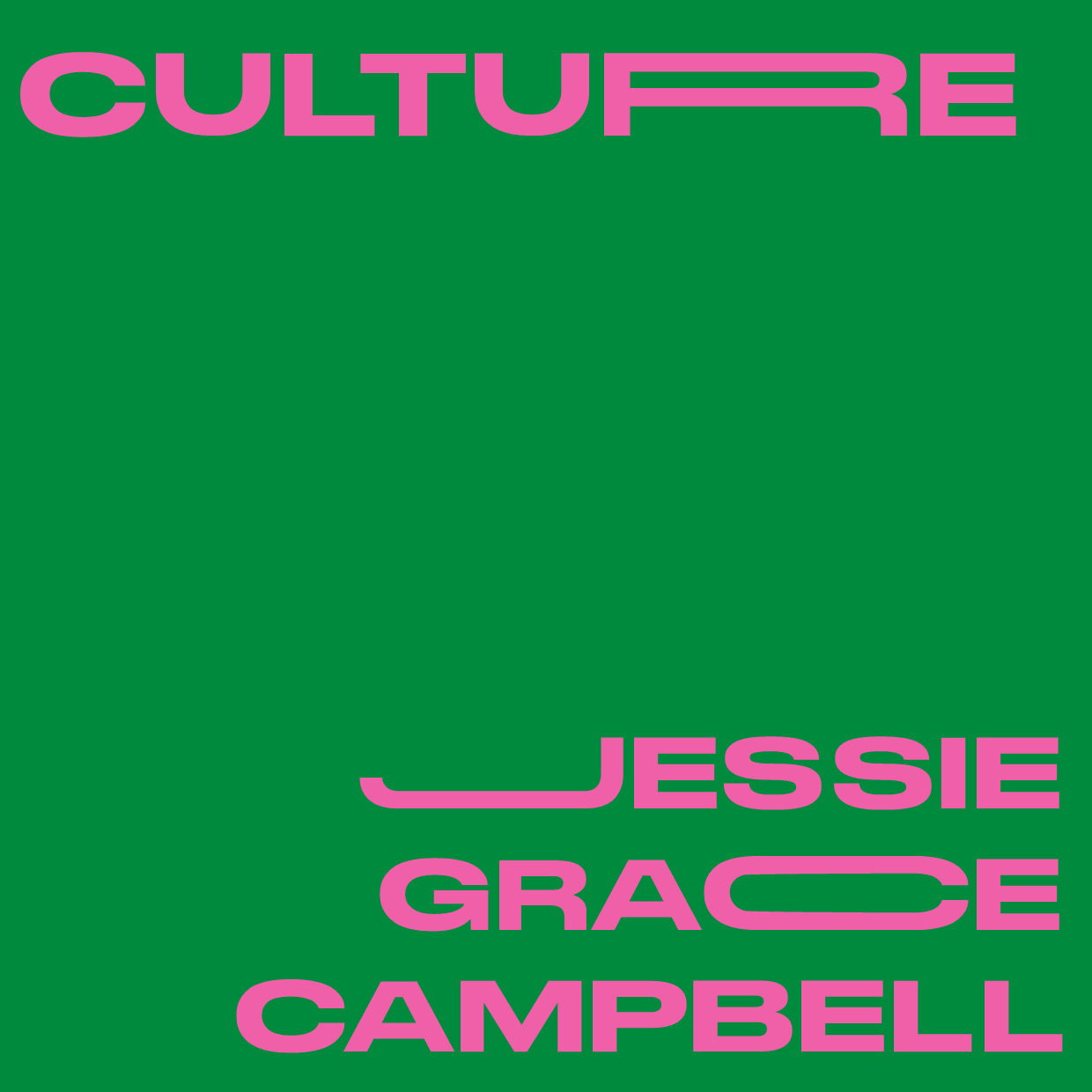Words: Jessie Grace Campbell (She/Her)
In a dusty attic in the middle of Glasgow, a small brown box was once hidden amongst ageing household clutter. In this box lay the unseen works of Margaret Watkins. Given to a neighbour shortly before her death, the images are the visual tracings of the life of an artist – a life largely unknown. Watkins’s work has finally found a permanent home on display in the (perhaps aptly named) Hidden Lane Gallery in Finnieston.
Watkins grew up in Canada and moved to New York in 1915 to pursue a career in photography before emigrating to the home of her parents in Scotland in 1928. We are fortunate to experience Glasgow through her lens, with her final known set of photos toying with artistic elements like the line and tone as she documents building sites of the city. The beauty and nostalgia from her classic work contrast with the industrial and gritty Glaswegian aesthetic.
Her classic work covers a range of photographic genres, from landscape and portraiture to commercial advertising. Her photographs are dripping in feminine energy, appearing harmonious and ethereal. She offers a revolutionary gaze on the link between domestic life and an artistic one. Her subjects are illuminated as she elevates the mundane to the heavenly. Her work is tied to the rich culture of visual tradition as she calls upon the pictorial depth of the Renaissance and the composition of Dutch portraiture. The permanent display is a celebration of local talent and offers Watkins some of the praise she was denied in her own life.
Whilst the exhibition is a welcome celebration of Watkins’s life, it also raises questions beyond that of an individual. Knowing Watkins’s work was left unseen for years, we must ask, ‘why are national galleries adorned with work by the masculine greats like Michelangelo, Titian, Da Vinci, Picasso, Pollock?’ Or, put more facetiously by the feminist art historian Linda Nochlin: ‘why have there been no great women artists?’
The answer can be found in ‘the canon’ – a selection of artists that occupy the public consciousness, considered to have a genius level of talent. This concept largely originates from the Renaissance, when Giorgio Vasari penned The Lives of the Most Excellent Painters, Sculptors and Architects, a book that largely celebrates his friends’ and lovers’ achievements. This book, which has actually been widely debunked as a largely fictional retelling of the Renaissance, has formed the basis of the art historical canon. This was a period in which women were largely denied the right to practice art, facing violence, shame, or in cases such as the European art movements of the early 20th century, exiled for doing so. An inseparable part of their identity – femininity – acted as a barrier rather than a key to a world that was supposedly characterised by freedom of expression.
Exclusion from artistic practice is not limited to the Renaissance. Women were actively denied the right to practice in life drawing classes at Royal Academies of Britain or France in the 18th and early 19th century or forced to do ‘womanly’ crafts, such as textiles at the Bauhaus. LGBTQIA+ artists were derided by avant-garde groups such as in the collaborative Surrealist journal Recherches sur la Sexualitié. Artists of colour have infamously been excluded from formal artistic spaces, and pre-20th-century European art rarely depicted people of colour. The culture of these groups was toyed with and tokenised at will: women acted as the erotic muse; sexuality was a core influence on avant-garde movements; ethnographic museums acted as a reference point for many artists, disconnecting culture from its people. Yet, identity is at the heart of artistic expression, so if marginalised artists are given a seat at the table, it forces the audience to confront their prejudices.
The canon is significant as it forms the basis of academic art history, gallery and exhibition culture, knowledge production and the images that are in the public consciousness. Women, artists of colour or LGBTQIA+ artists have been seen to disrupt the notions that make art a comfortable old boys club. Whether subtle, like the intrinsic femininity of Watkins’s photography, or overt, such as the boldness of the feminist campaigns by the Guerrilla Girls, the work of female artists has helped to deconstruct the antiquated ideals of the canon.
Art and photography do not exist within a vacuum; they have the power to influence how and why we think and what we perceive. As John Berger notes in his book Ways of Seeing: ‘Seeing comes before words. The child looks and recognises before it can speak.’ In other words, art is consumed and absorbed from an early age. So let the unveiling of Watkins’s photographs be a rallying cry: we must illuminate the unseen work of marginalised artists and see their work as a celebration of their identity.

